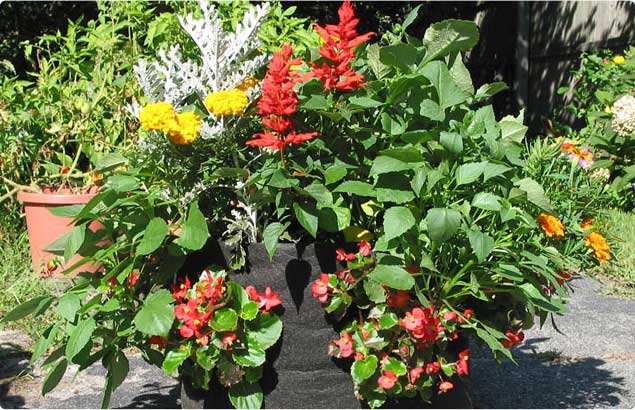Forcing Bulbs for Indoor Blooms
The Big Chill (or Just Chill): Get a Spring Fever Fix by Forcing Bulbs
Prepare to banish those cold weather blues by forcing bulbs into winter blooming. Nothing says “springtime!” more resoundingly than golden yellow daffodils, fragrant purple hyacinth, and heavenly scented paperwhites. And you may be surprised at how easy it is to learn how to force bulbs. Once you get the hang of it, forcing bulbs may become your easiest gardening project ever!
Forcing bulbs for winter blooms is as simple as fooling them into thinking it’s spring. Think about a bulb planted outdoors in the fall. It’s cool and dark for a bit, then gradual warming wakes up the flower inside that brown, papery shell. Just replicate those conditions, and you know how to force bulbs into blooming — on your schedule. They say you can’t fool mother nature, but forcing bulbs indoors is pretty darn close.
When you’re forcing bulbs, timing is of utmost importance. It’s similar to planting seeds — you have to master the temperature and lighting parameters required to produce blooms. First, count backward from the time when you want to see those spring flowers. Forcing bulbs of fragrant hyacinth for a centerpiece? Plan ahead, because these blue, purple, pink, or white beauties take 8-12 weeks of chilling in order to break dormancy. An empty crisper drawer in your fridge will work if you don’t have a cold frame, outdoor shed, or garage area. Wherever you store your bulbs, ensure the area stays dark, with a temperature of 35-45 degrees Fahrenheit.
Once chilled, bulbs can be placed into a glass “forcing jar” to help the roots, stems, and flowers emerge. Choose a container that keeps the bottom of the bulb in water while the top stays dry. This allows the roots to fully develop, and the leaves, stem, and flower to emerge without rotting the bulb. The same goes for daffodils (12-15 weeks chilling), tulips (10-16 weeks), and crocus (8-15 weeks).
One great method of forcing bulbs indoors is to layer a container with soil. Place bigger bulbs in lower layers and smaller bulbs higher up. Start at the bottom with read, daffodils, hyacinth, or tulips. Tuck them in with a layer of soil, then plant smaller bulbs like muscari (grape hyacinth in shades of purple, marine blue, or white). Toward the top of your container, some tiny Tete-a-Tete daffodils are a nice touch. Chill the whole shebang, and then bring it in for an explosion of spring, regardless of the weather.
Some florists, garden centers, and even grocery stores sell pre-chilled bulbs. They also carry bulbs like paperwhite narcissus that don’t require chilling. Fill a clear container with pea gravel, glass beads, or even sea shells to support the bulbs and emerging stems for a dramatic, super-easy method of forcing bulbs indoors. Be smart and buy out those end-of-season bulbs at a deep discount. Then chill and watch the magic happen. You’ll be glad you learned how to force bulbs. It could become habit-forming!






